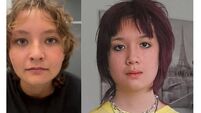Scanner will allow study of two-year-olds’ brains
The machine, designed to look like a space-rocket, will make it possible for the first time to carry out accurate surgery on two-year-olds suffering recurrent epileptic fits.
It could also lead to more accurate ways of diagnosing problems such as autism and attention deficit hyperactivity disorder (ADHD).














